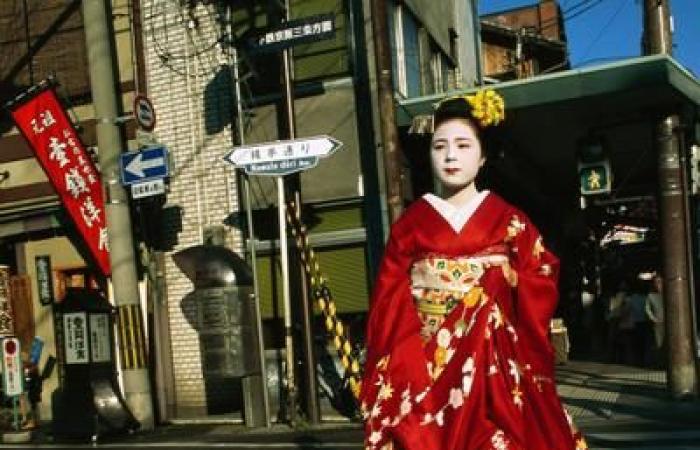Unfortunately, most tourists who visit Kyoto are unaware of the history of geisha, as well as the etiquette and rules of the neighborhood. Florentyna Leow, a longtime Kyoto-based author, editor, and travel advisor, has noticed an increase in tourism throughout Japan in recent years, especially in Kyoto.
“There are a lot more selfies and videos being taken in all sorts of places, from temples to small restaurants, and more people walking around and talking on their phones” than before the pandemic, she said. “That means complete strangers are being unwittingly photographed or filmed without their consent.”
It is also well known that geisha and maiko observe a form of professional secrecy, making it difficult for even well-meaning academics to gather information from their informants until they can prove their good intentions.
But the ban raises another crucial issue: determining who is a domestic resident or tourist and who is a foreign, non-Japanese tourist. Many non-Japanese residents could be barred from pursuing legitimate activities based solely on their appearance. Such a ban will not be easy to enforce and can be seen as a short-sighted approach to a very real problem that is not going away any time soon.






